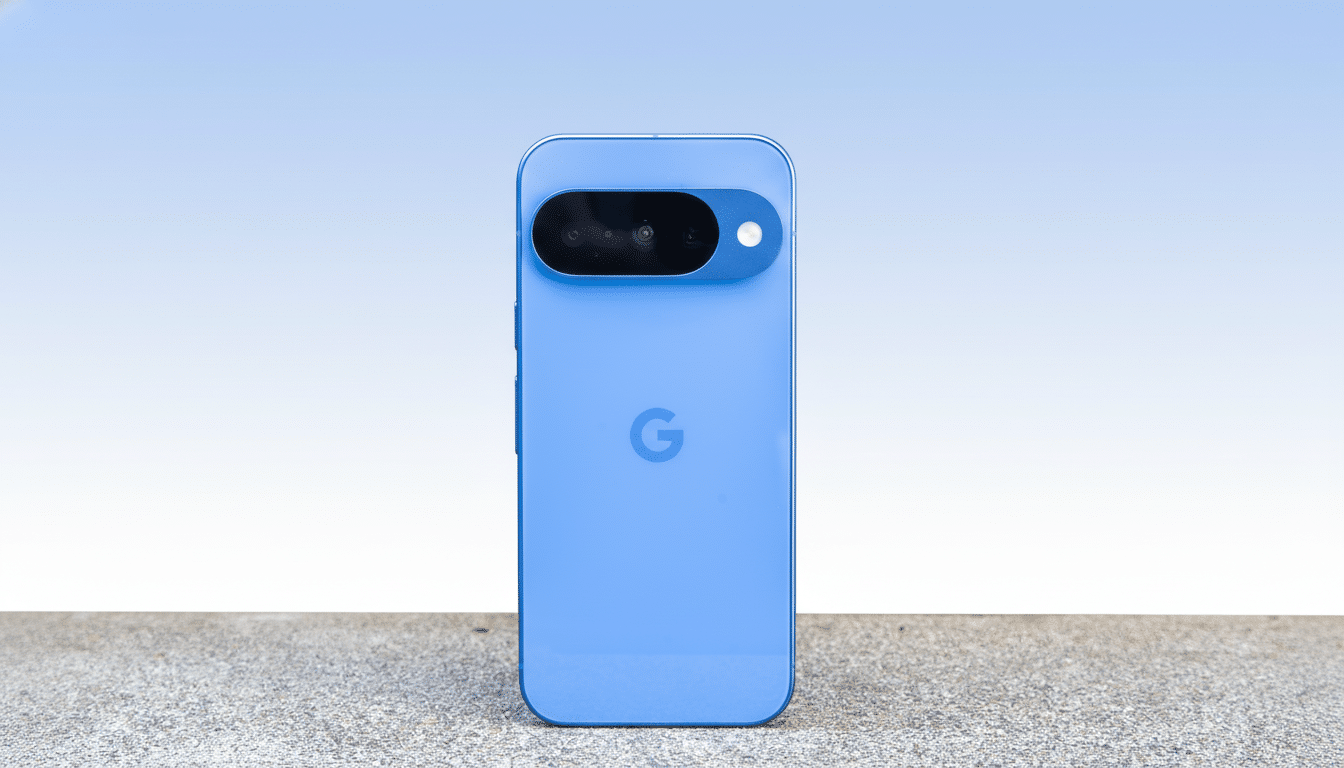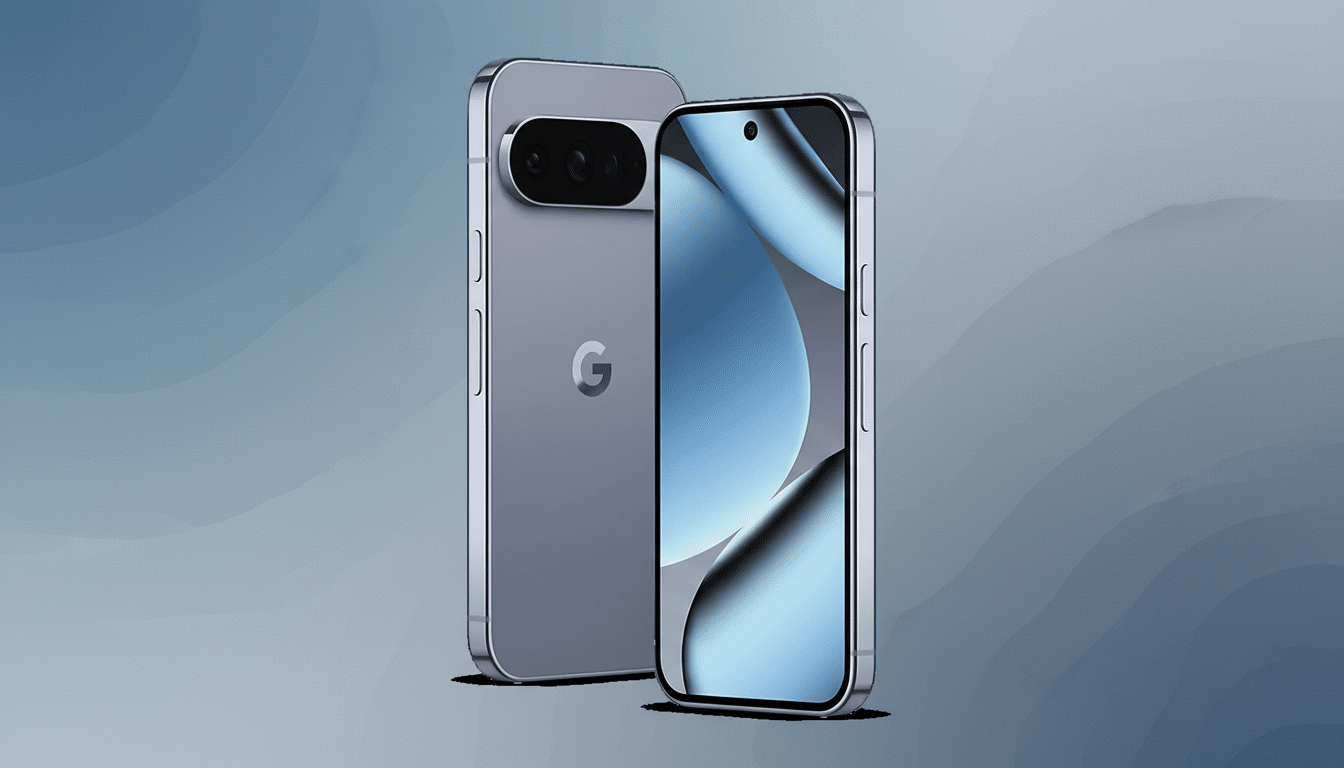Google’s last-minute decision to add Quick Share to Pixel 10 devices that are compatible with Apple’s AirDrop protocol isn’t just a highlight-reel, wheel-greasing feature—it’s the crack of daylight through a wall separating mobile’s two massive ecosystems.
Now that you can easily share files across the iOS–Android divide, surely it’s just a matter of time before Google turns its gaze upon another Apple service ripe for cross-platform improvement.
- Why This Changes the Playbook for Mobile Ecosystems
- Best on Target: Find My Network Support for Android and iOS
- The Next Best Bet: FaceTime That Actually Works on Android
- The Big Ask: Apple Watch and Android Compatibility
- Messaging Reality After RCS Across iPhone and Android
- What Google Should Focus on Now for Cross-Platform Users

Why This Changes the Playbook for Mobile Ecosystems
That AirDrop works with Android devices is a signal that technical barriers—which we often see as immovable—can succumb to user demand. It aligns with a larger trend toward interoperability. In Europe, regulators have been pressuring platforms to be fairer and more open under the Digital Markets Act. By contrast, Android represents about 70% of smartphone shipments globally, and iOS makes up roughly 30%, according to longtime IDC and Canalys tracking. That divide is why multi-platform households outnumber the single-platform kind, and seamless experiences are becoming less of a luxury.
The other tailwind is in standards work that is already underway. Google and Apple collaborated on an industry specification for finding unwanted Bluetooth trackers, showing that the two can work together when safety and user value are at stake. AirDrop–Quick Share compatibility seems like another proof point that “impossible” can become “inevitable” when the incentives all line up.
Best on Target: Find My Network Support for Android and iOS
The next Apple service Google gives its support to should be the Find My network. Apple’s item-finding mesh network relies, subtly, on a giant installed base—Apple has said it has more than 2 billion active devices—to pass along secure, encrypted pings for lost items. In actual practice, that density is what makes AirTags such potent tools when used in dense cities and airports.
Google’s revamped Find My Device network now enlists the aid of billions of Android phones for similar Bluetooth crowd-locating, and most high-end Android flagships offer UWB for precision finding as well—just like Apple’s U1-enabled devices. Linking up these networks, even at the peripheral level, would significantly bolster rates of recovery for wayward gear. It would also build on the safety gains of the cross-industry unwanted tracking spec by allowing parties on both sides to have a common foundation for alerts, opt-outs, and enforcement in place.
Feasibility matters here. Accessory manufacturers already make dual-ecosystem products; Tile, Chipolo, and Samsung have all deployed large fleets of tags. A Google-mediated way for Android to “listen” for Find My tags (or for Find My to work with standardized third-party tags natively discoverable by Android) would cut down on that fragmentation muddying the waters for consumers now.
The Next Best Bet: FaceTime That Actually Works on Android
For many iPhone-oriented markets, FaceTime is the cultural default for video calls, even if Android users can still tap competitors like Google Meet, WhatsApp, or Zoom with a few swipes of the screen. Apple does provide FaceTime links that open in a browser on Android, but it makes for a second-class experience—with setup friction, quality variations, and no system-level integration.
Google could eliminate the need for such a tailoring window, even if there is never native support within FaceTime. System intents could route FaceTime links to a dedicated experience—hardware-accelerated H.264 codecs, echo cancellation, and camera switching—so Android users can join with a tap from Messages, Calendar, or the Dialer. It’s technically real, because FaceTime on the web is built on standard WebRTC under the hood. A bit less join friction would pay real dividends in mixed-platform families and schools.

The Big Ask: Apple Watch and Android Compatibility
Apple Watch on Android is the fantasy ask, but it’s also the most limited thing we’ve suggested. Apple uses its own pairing, a Secure Enclave, and HealthKit for things like ECG, fall detection, and cellular setup. However, there’s a practical middle ground that Google could enable if Apple ever shifted: some sort of basic pairing profile for notifications, calls, music control, and fitness syncing into Health Connect.
Why push for it? Apple is reliably the top smartwatch maker by shipments and revenue, according to Counterpoint Research, and broader compatibility would send a competitive jolt through Wear OS vendors to improve battery life, health accuracy, and app lineup. A restricted mode would even be useful for households in which one person uses Android and the other is gifted an Apple Watch.
Messaging Reality After RCS Across iPhone and Android
A lot of people will say iMessage, but the short-term reality is RCS done right. The GSMA’s RCS Universal Profile already provides read receipts, typing indicators, and higher-res media with end-to-end encryption in one-on-one messages over supported networks. As iPhones bring on RCS, Google has to make sure there’s parity in how both platforms handle group messages and modern media, and that fallback to SMS works well enough so that no party feels like they’re making a compromise by dealing with mixed chats.
If Apple does indeed keep iMessage locked down, high-quality RCS across platforms is the next best thing. There is potential to see some results: Google says it has more than 1 billion monthly active RCS users, which would be enough of a base to guilt carriers and OEMs into actually implementing the spec.
What Google Should Focus on Now for Cross-Platform Users
Prioritize the roadmap like this ranking:
- Find My network compatibility, because it meaningfully expands potential to recover lost items and is a new safety standard both companies are already supporting.
- FaceTime link integration at the OS level for seamless joining from Android, finally eliminating a daily mixed-platform family pain point.
- Work with Apple so there’s a basic Apple Watch mode possible—again requiring cooperation from Apple, but one that would help all consumers and competition.
It shows that AirDrop on Android is not fantasy—it’s product strategy.
If Google keeps picking user-friendly wins where incentives align, even the most entrenched of platform walls can become doors.

